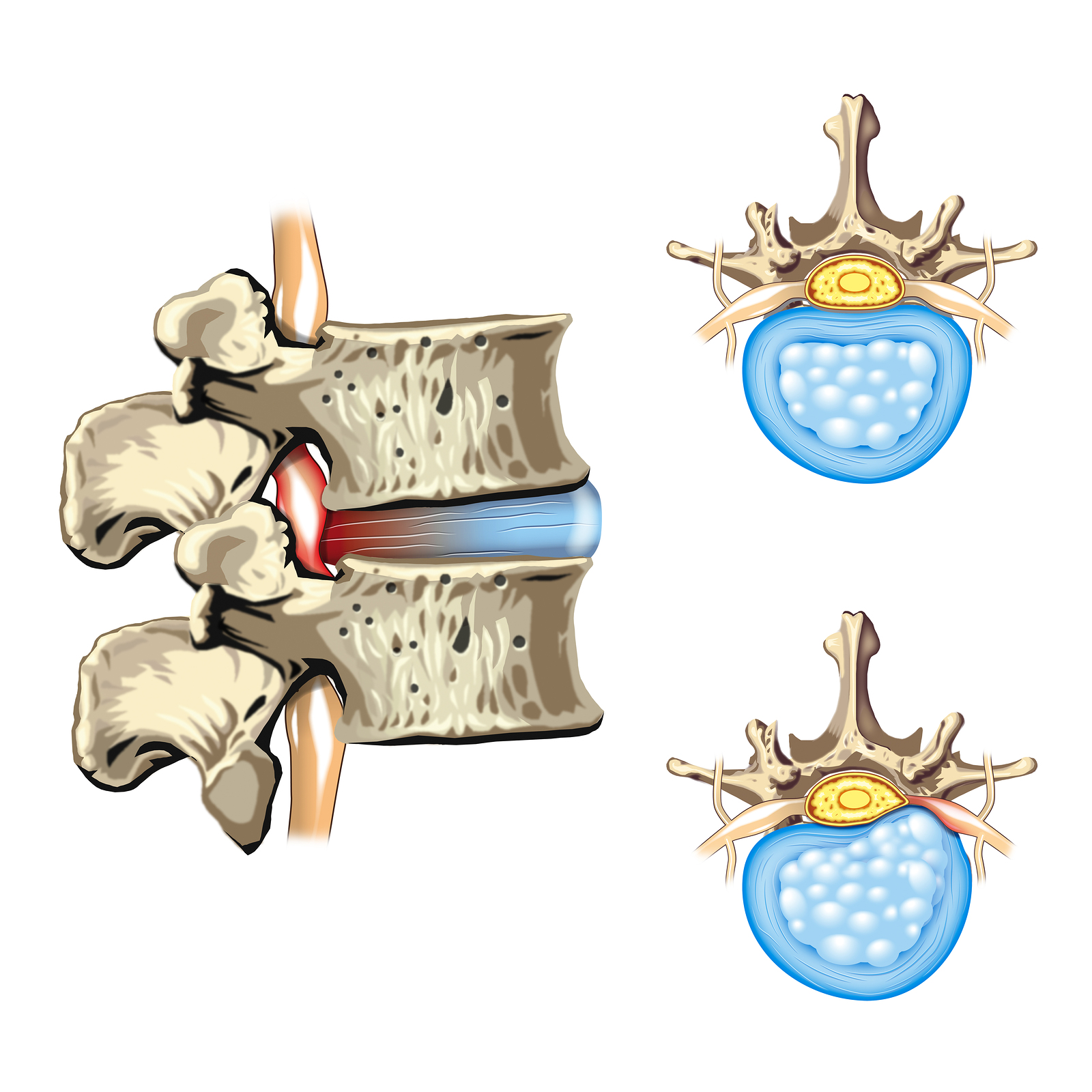In Part 2, I explained how poor posture and muscle balance and a sedentary lifestyle can lead to micro-trauma of your lumbar discs leading to a prolapse.
In this post, I will explain what you can do to minimise micro-trauma of your discs from a biomechanical perspective and therefore, help to prevent a disc prolapse.
As I mentioned in Part 2, poor posture and muscle balance can cause micro-trauma to the discs. In addition, poor lifting techniques whether at work, home or in the gym can also lead to trauma of the discs.
What I have been doing since 2001, is help people to improve posture, muscle balance and spinal stability to help prevent and recover from lumbar disc injuries.
When the body has good posture and muscle balance, the joints move through their optimal range. With muscular imbalances, the joints move through a less than optimal range of motion, which puts excessive stress through the muscles, tendons, ligaments, cartilage, vertebral discs and joints.
It is therefore imperative that you optimise posture, muscle balance and spinal stability. The way I help my clients achieve this is by initially completing a 3-hour physical assessment. I identify which joints are restricted, which muscles are tight and which muscles are long and weak.
I then carefully design a complete programme of joint mobilisations, stretches and strengthening exercises. Over-time, the client’s body responds to the exercise and lifestyle programme and regular re-assessments and new programmes are required to continue the progress.
It is also imperative to realise that the time the rehabilitation programme ends is the time when your body is able to cope with the physical demands of your work, sporting and recreational activities.
The rehabilitation programme doesn’t end when the pain has gone. This is a very common and disastrous mistake as the injury is likely to return if end-stage rehabilitation is not completed.
It is also crucial to understand that if you are one of those 76% of the population who have bulging discs (with no pain), you will be at a higher risk of a disc prolapse. If you have bulging discs, then the way you exercise has to be modified to minimise micro-trauma to the discs. It might interest you to know that most fitness professionals are not aware of this.
If you have lower back pain or you want to avoid lower back pain, then I suggest getting a complete assessment and programme from someone like myself. This is especially the case if you lift weights regularly or play sport regularly.
Stay tuned for Part 4, when I will explain how tissue healing rates can affect your lumbar discs …

